Description of Stonehenge
The Stonehenge we see today is the end result of several episodes of construction, after an intervening 4,000 years of destruction and decay. Various stones are fallen or missing, making the original plan difficult to understand. This page briefly describes the different elements of the monument.
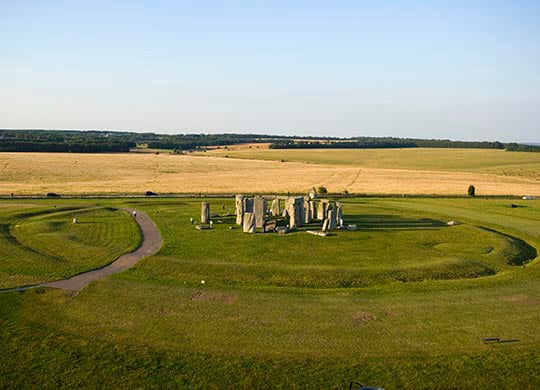
Earthwork Enclosure
The first major construction at Stonehenge was a circular ditch, with an internal bank and a smaller external bank, built about 3000 BC. Today the ditch and inner bank are visible as low earthworks in the grass, but the outer bank has largely been ploughed away. The ditch on the eastern side is deeper because this half was excavated in the 1920s.[1]
There were two original entrances to the enclosure – a wide one to the north-east and a smaller one on the southern side. There are many more causeways and gaps in the circuit today, mostly the result of later tracks which once crossed the monument.
Set just inside the bank were 56 pits, known as the Aubrey Holes.[2] About half of these have been excavated, and were marked in the 1920s with white concrete circles.
Sarsen Trilithons and Circle
The stones of the central cluster, brought to the site about 2500 BC, are of two types – the larger sarsens and the smaller bluestones. The sarsens were erected in two concentric arrangements.
The inner one is horseshoe of five trilithons (two vertical stones capped by a horizontal lintel). Of these, three complete trilithons still stand (one fell in 1797 and was re-erected in 1958), and two are partly fallen. Near the centre is the Altar Stone, which is mostly buried beneath the fallen stone of the tallest trilithon.
Around the horseshoe are the remains of the outer sarsen circle, capped with lintels. There were probably once 30 stones in this circle, but many have fallen and most of the lintels and a few uprights are missing from the site.
Bluestone Settings
Standing among the sarsens are the remains of the bluestone circle and inner oval. Some of the remaining stones were shaped to enable them to fit together: two have mortice holes, others have signs of tenons and some have grooves or tongues down their sides.[3] This suggests that probably in this first arrangement there were some lintels and others stones that fitted together.
Today, some of the bluestones have fallen and others are just stumps – they seem to have been chipped and broken from an early date.
Other Stones and Avenue
Around Stonehenge there are several outlying stones. Two of four ‘Station Stones’ remain in position, marking the corners of a rectangle. These may be related to the setting out of Stonehenge, or to the solstice alignment (see below).
Immediately outside the north-east entrance is the Heel Stone, a huge unshaped sarsen boulder. It may have been an early stone at the site, raised upright from its original position nearby. Also near the north-east entrance is the Slaughter Stone, a fallen sarsen that once stood upright with one or two other stones across the entrance causeway.
Extending from the entrance of the earthwork enclosure is the Avenue, built to connect Stonehenge with the river Avon and the small henge on its bank, discovered in 2008, at West Amesbury.[4] Today it can be seen in part as low parallel banks enclosing a corridor about 12 metres wide.
Alignments at Stonehenge
The main axis of the stones is aligned upon the solstitial axis. At midsummer, the sun rises over the horizon to the north-east, close to the Heel Stone. At midwinter, the sun sets in the south-west, in the gap between the two tallest trilithons, one of which has now fallen.
These times in the seasonal cycle were obviously important to the prehistoric people who built and used Stonehenge.
Footnotes
1. D Field and T Pearson, World Heritage Site Landscape Project: Stonehenge, Amesbury, Wiltshire Archaeological Survey Report, English Heritage Research Department Report 109-2010 (English Heritage, 2010).
2. R Cleal, K Walker and R Montague, Stonehenge in Its Landscape: Twentieth-century Excavations, English Heritage Archaeological Report 10 (English Heritage, 1995), 94–114.
3. M Abbott and H Anderson-Whymark, Stonehenge Laser Scan: Archaeological Analysis, English Heritage Research Department Report 32-2012 (English Heritage, 2012), 25–6.
4. M Parker Pearson, J Pollard, J Thomas, K Welham, J Rylatt, C Casswell, B Chan, M Dover and M Nunn, ‘Excavations at the riverside end of Stonehenge avenue’, unpublished report, Stonehenge Riverside Project, 2009 (incorporating 2008).
Find out more
-
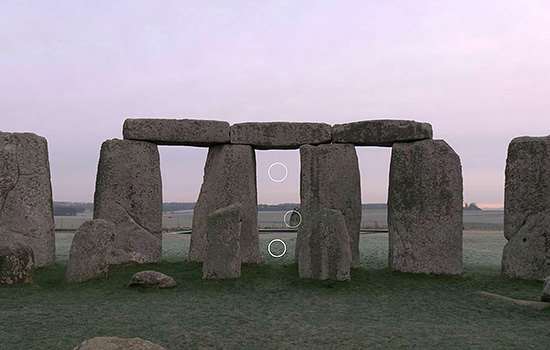
Virtual Tour of Stonehenge
Take an interactive tour of Stonehenge with this 360 degree view from inside the stones, which explores the monument’s key features.
-
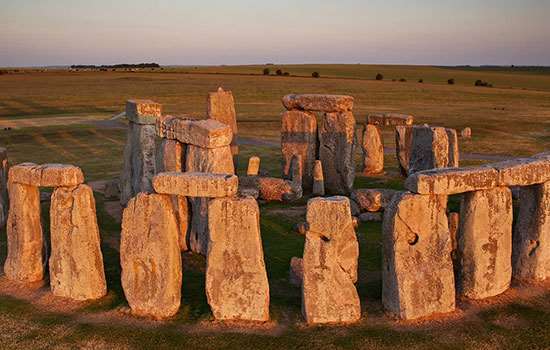
History of Stonehenge
Read a full history of one of the world’s most famous prehistoric monuments, from its origins about 5,000 years ago to the 21st century.
-
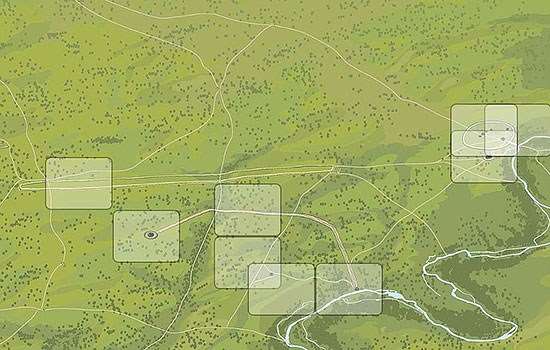
Explore the Stonehenge Landscape
Use these interactive images to discover what the landscape around Stonehenge has looked like from before the monument was built to the present day.
-
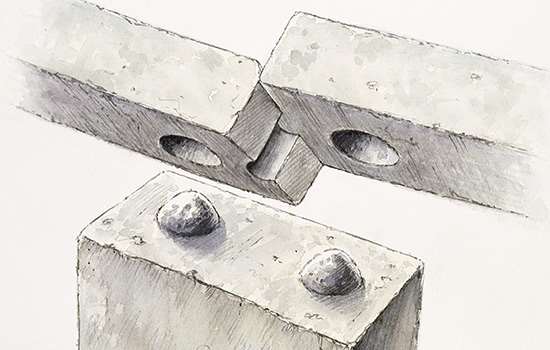
Building Stonehenge
Stonehenge is a masterpiece of engineering. How did Neolithic people build it using only the simple tools and technologies available to them?
-
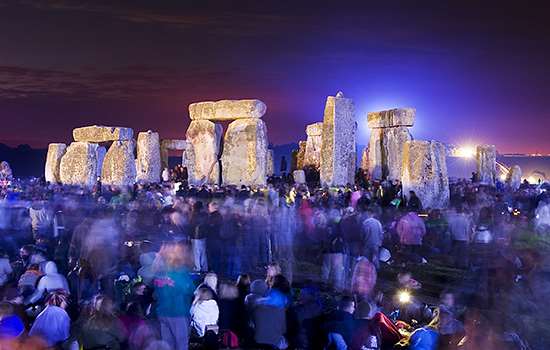
Why Does Stonehenge Matter?
Stonehenge is a unique prehistoric monument, lying at the centre of an outstandingly rich archaeological landscape. It is an extraordinary source for the study of prehistory.
-
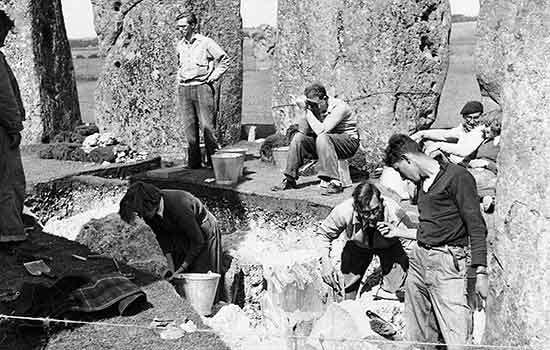
Research on Stonehenge
Our understanding of Stonehenge is constantly changing as excavations and modern scientific techniques yield more information. Read a summary of both past and recent research.
-
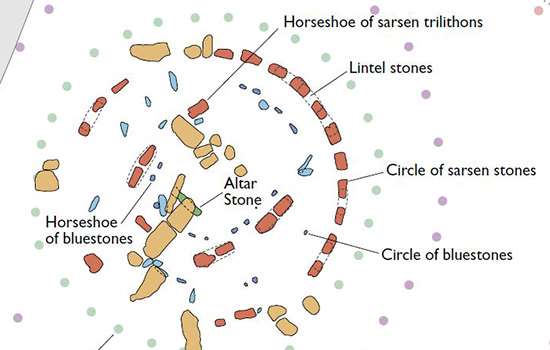
Plan of Stonehenge
Download this PDF plan to see the phases of the building of Stonehenge, from the first earthwork to the arrangement of the bluestones.
-
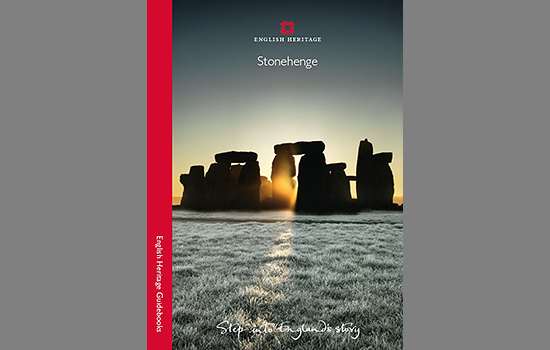
Buy the guidebook
The guidebook includes a tour and history of the site and its remarkable landscape, with many reconstruction drawings, historic images, maps and plans.
-

More histories
Delve into our history pages to discover more about our sites, how they have changed over time, and who made them what they are today.
-
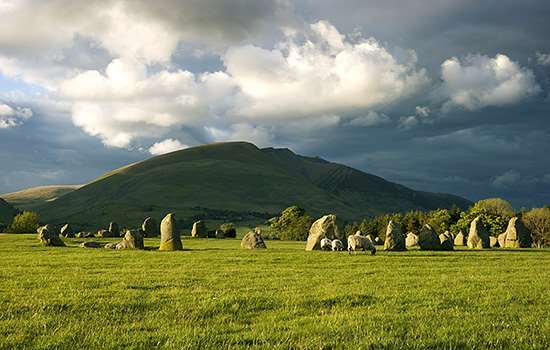
England’s prehistoric monuments
England’s prehistoric monuments span almost four millennia. Discover what they were used for, how and when they were built, and where to find them.